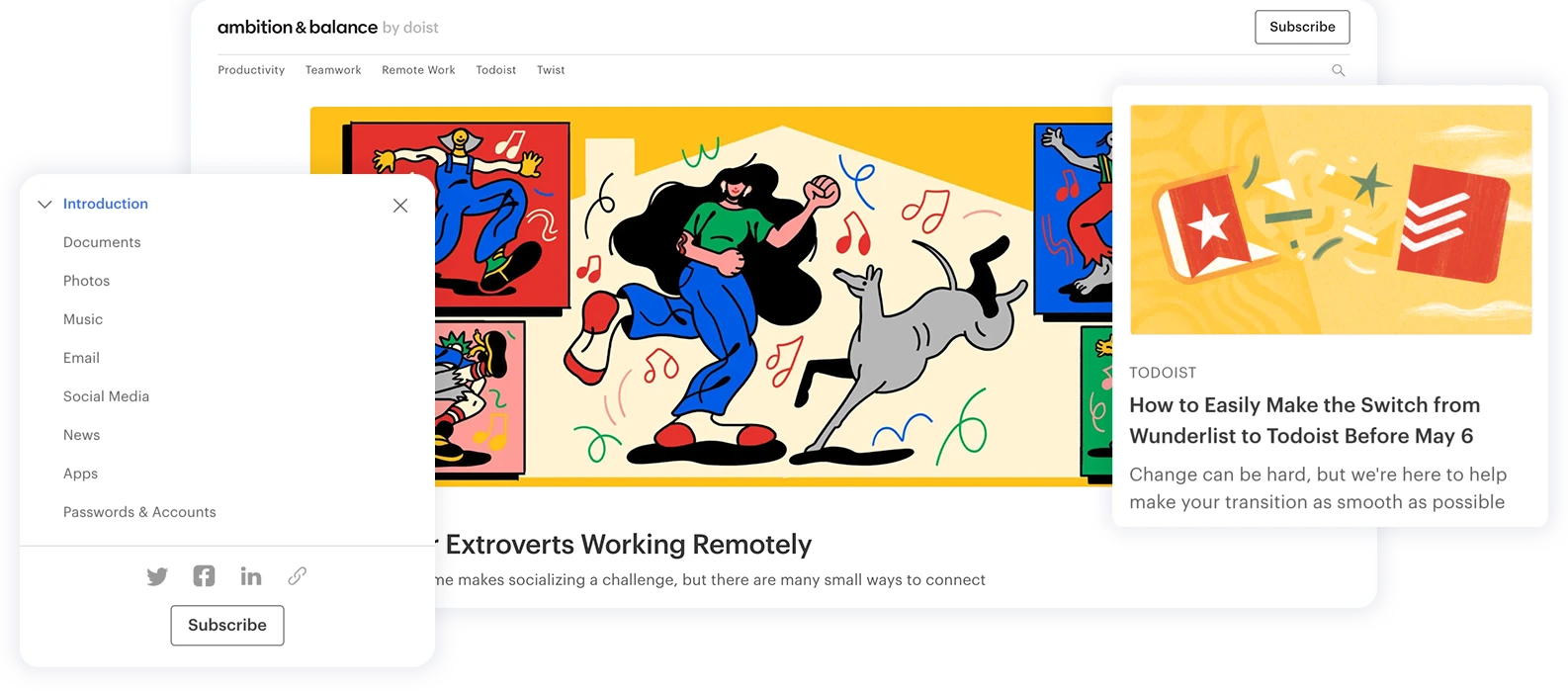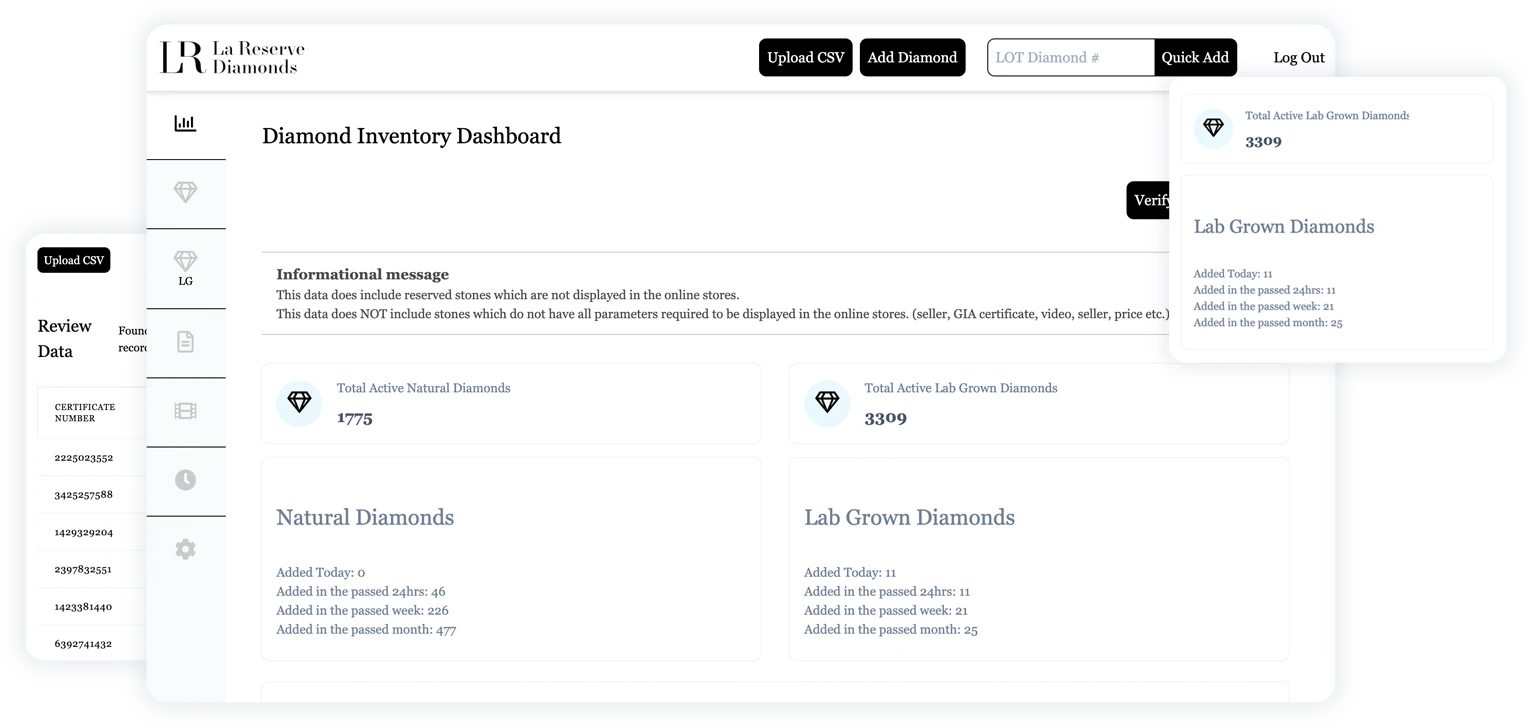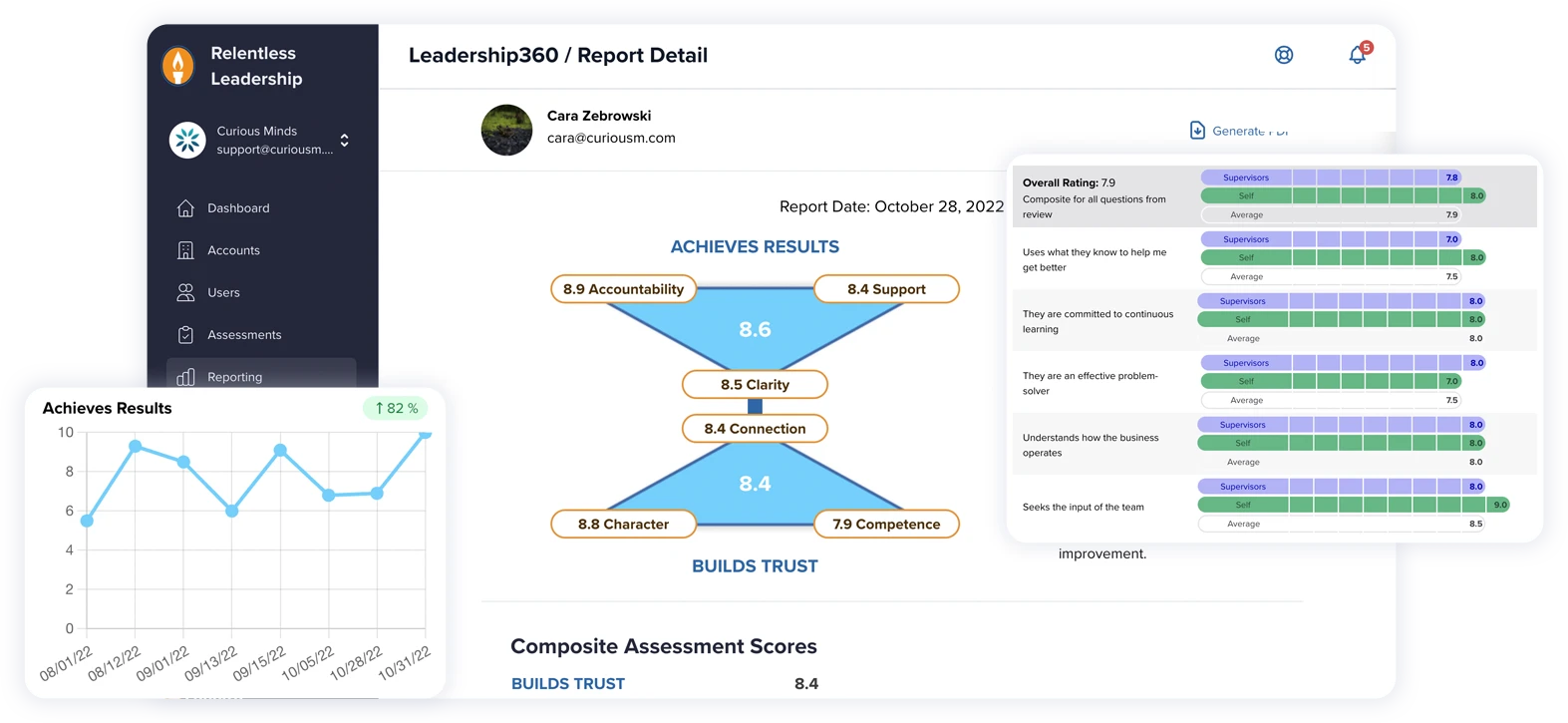AI tools have transformed the way content gets made. With the click of a button, we can generate copy, outline a blog, or summarize a white paper. It’s fast and efficient—but also easy to misuse. Teams that lean too heavily on AI often sacrifice quality, clarity, and trust. So how do you take advantage of AI content without damaging your rankings or your brand?
In this article, we’ll share what Google actually says about AI-generated content, where AI can help, where it can hurt, and how to make it work for your SEO goals. These aren’t vague tips—they’re proven, hands-on strategies we’ve used to help our clients publish smarter, faster, and better.
What Google Actually Says About AI-Generated Content
First, let’s clear up a myth– Google does not ban or penalize AI content by default. What it cares about is the quality of the content—whether it’s helpful, accurate, and serves the user. Those requirements apply whether content is written by a person, a machine, or both.
What Google does look for is E-E-A-T– Experience, Expertise, Authoritativeness, and Trustworthiness. These signals show up in the byline, the structure, the citations, and how the content feels to a reader. If AI can help draft content that still checks all those boxes, great. But it can’t do it alone.
Don’t let AI content go live without adding real-world context, voice, and verification. For example, if you’re working on a healthcare blog, have it reviewed by a clinician, cite medical sources, and publish it under a verified expert’s name. That’s the kind of layered effort it takes to meet Google’s expectations—and win user trust.
The takeaway– AI is a tool, not a shortcut. If your content is low-quality, it won’t rank—no matter how it’s made.
Where AI Content Can Help—and Where It Can Backfire
Used right, AI can take pressure off your content team. It’s great for creating rough drafts of pages that follow clear templates—think product pages, category descriptions, FAQ entries, or location pages. We often use AI to generate content briefs based on source content, brand guides and competitor analysis—especially when we're working within established topic clusters. From there, the human work begins– refining the tone, adding unique insights, and shaping the content around user intent and SEO goals. That mix of structure and creativity is where content gets stronger—not just faster.
But we’ve also seen how AI can miss the mark when left unchecked. Picture this– a company launches a batch of AI-written blog posts hoping for quick SEO wins. The articles are grammatically fine, but they lack specificity and don’t reflect how customers actually talk or search. The content doesn’t perform.
In this kind of situation, we go back to the foundation– What was the user’s intent? What’s missing in this content that would make it actually useful or engaging? We’ll restructure the piece, connect it to related topics on the site, and rewrite sections to sound more like a real person and less like a content generator.
AI can help move things along—but it’s what you do after the draft that determines if your content gets found, read, and trusted.
Drafting and Editing AI Content– What Actually Works
At Curious Minds Media, we treat AI as a tool in the toolkit—not the entire kit. Every project starts with a strategy. We define who we’re writing for, which questions need to be answered, what tone fits the brand, and how success will be measured.
Once that’s in place, we may use AI to generate a content brief or a first draft. But that’s just the beginning. Human writers must then step in to shape the flow, bring in relevant examples or data, and add internal links that help both users and search engines understand context.
Let’s say we’re working with a nonprofit that wants to highlight its impact. AI might write a decent summary—but it won’t automatically pull in donor quotes, campaign results, or local context. That’s where humans step in– making sure the content feels specific, authentic, and aligned with the organization’s values. Your piece must be reviewed line by line for tone, accuracy, and voice. If it sounds like AI wrote it, it’s not done.
Human Review Is Non-Negotiable
No matter how advanced AI tools become, they still miss nuance. They don’t know your brand’s history, they don’t talk to your sales team, and they certainly don’t know your customers like you do. That’s why human review isn’t a final step—it’s the core of the process.
When we work with clients in regulated or sensitive industries like healthcare, law, or finance, we build SME review into every workflow. A legal blog gets reviewed by attorneys. A medical page gets checked by a licensed provider. We don’t guess. We verify.
But even outside of regulated fields, a good editor makes all the difference. We’ll flag clichés, clarify complex ideas, and push for better headlines. We ask, “Would a real person say this?” and “Is there a clearer way to explain it?”
We also help bring E-E-A-T to the forefront. That could mean adding a bio box for an expert contributor or linking to published work that shows credibility. These are small moves that build big trust—with both readers and algorithms.
Use Case– How AI Helped a Software Company Grow Organic Traffic
Here’s a hypothetical scenario that reflects how we might use AI strategically:
Imagine a B2B SaaS company looking to grow its organic traffic. Their support team had compiled a wealth of recurring customer questions, but the marketing team didn’t have the bandwidth to turn that insight into helpful content.
By using AI tools to draft blog post starters—based on support ticket trends and internal search logs—they were able to generate rough outlines for a new content series. Human editors then took over– refining voice and tone, adding real customer scenarios, linking to help documentation, and aligning the messaging with brand guidelines.
Because each article was crafted around user intent—and backed by trustworthy, accurate information—the series began to rank well. Featured snippets improved, bounce rates dropped, and customer service tickets on covered topics declined.
The takeaway– AI sped up the drafting process, but human review and strategic planning made the content work.
AI-Ready Content Starts with Smart Planning
Before you bring AI into your content strategy, take the time to get the strategy part right. What are your audience’s pain points? What’s your brand voice? Which formats perform best in your space? These questions matter more than which AI tool you’re using.
We guide our clients through the planning phase first—defining content pillars, aligning SEO with user needs, and building templates that make review and editing easier down the line. That way, AI doesn’t create messes. It fits into a system.
It’s not just about writing faster. It’s about writing smarter—with purpose, structure, and review baked in.
Curious Minds Media Helps You Publish Content That Ranks
AI might help you move faster—but visibility and trust come from the quality of what you publish. That’s where we come in.
At Curious Minds Media, we work closely with clients to shape content strategies that hold up—whether you're experimenting with AI tools or scaling up an editorial calendar. We don’t just check for grammar. We think about your audience, your goals, and what makes your brand worth listening to. Then we build from there.
Our process keeps editorial standards high. We start with smart planning, layer in SEO best practices, and make sure every piece of content reflects real-world expertise and relevance. The result? Content that performs well in search and still sounds like it came from a human—because it did.
If you’re ready to create AI-assisted content that’s actually worth reading (and ranking), we’d love to help.


















